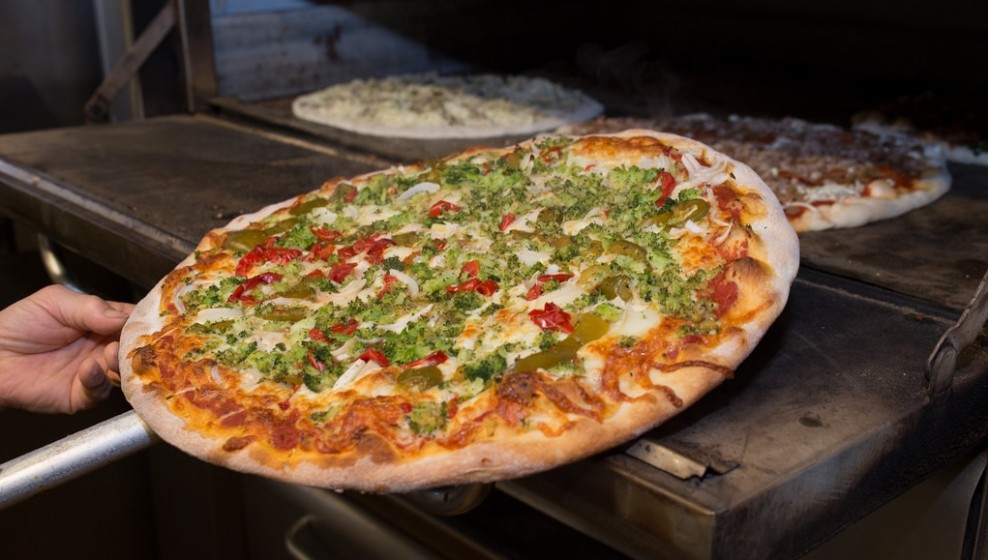Pizza, one of the most beloved dishes worldwide, has a rich history that spans centuries. While modern variations abound, traditional pizzas remain the heart of this culinary art. Classic traditional pizzas are characterized by their simple ingredients, time-honored preparation methods, and authentic flavors that have been passed down through generations. In this article, we will explore the origins, defining characteristics, and iconic types of traditional pizzas from around the world.
Origins of Traditional Pizza
The history of pizza dates back to ancient civilizations where flatbreads with toppings were common. However, the birthplace of modern pizza is widely recognized as Naples, Italy. In the 18th century, Neapolitans developed the classic Margherita and Marinara pizzas, which became the foundation for what we now consider traditional pizza.
Characteristics of Classic Traditional Pizzas
- Authentic Dough Preparation
- Made with simple ingredients: flour, water, salt, and yeast.
- Fermented for an extended period to develop texture and flavor.
- Hand-stretched and baked in a wood-fired oven.
- Fresh and Minimal Ingredients
- High-quality tomatoes, typically San Marzano.
- Fresh mozzarella cheese, often from buffalo milk.
- Basil, olive oil, and minimal seasoning to let natural flavors shine.
- Specific Cooking Methods
- Cooked at high temperatures (800–900°F) in stone or brick ovens.
- Short cooking time (60-90 seconds) for a crispy yet tender crust.
Iconic Traditional Pizzas
1. Pizza Margherita
- Perhaps the most famous traditional pizza, Margherita features a simple yet elegant combination of tomato sauce, mozzarella cheese, fresh basil, and a drizzle of olive oil. Named after Queen Margherita of Savoy in 1889, this pizza represents the colors of the Italian flag.
2. Pizza Marinara
- A true Neapolitan classic, the Marinara pizza consists of tomato sauce, garlic, oregano, and olive oil—without cheese. This pizza is named after the sailors (marinai) who enjoyed this simple dish before heading out to sea.
3. Pizza Napoletana
- Certified by the Associazione Verace Pizza Napoletana (AVPN), Pizza Napoletana adheres to strict preparation guidelines. It features fresh ingredients, a hand-stretched dough, and is cooked in a wood-fired oven.
4. Pizza Romana
- Originating from Rome, Pizza Romana is thinner and crispier than its Neapolitan counterpart. It often includes toppings such as anchovies, capers, and pecorino cheese.
5. Sicilian Pizza (Sfincione)
- This thick-crust pizza is baked in a rectangular pan and is known for its fluffy interior and crispy bottom. It typically includes tomato sauce, onions, anchovies, and a generous layer of breadcrumbs and cheese.
6. Calzone
- A folded pizza that encloses ingredients such as mozzarella, ricotta, ham, and tomato sauce. Though technically a variation, calzones maintain the traditional essence of Italian pizza-making.
The Cultural Significance of Traditional Pizzas
Traditional pizzas are more than just food; they are a cultural symbol. In Italy, pizza is a communal experience, often enjoyed with family and friends. The preservation of traditional pizza-making methods has led to international recognition, with Neapolitan pizza being granted UNESCO Intangible Cultural Heritage status in 2017.
Conclusion
Classic traditional pizzas embody the essence of simplicity and authenticity. Whether you prefer the classic Margherita or the rustic Sicilian, these pizzas continue to capture the hearts of food lovers worldwide. As the culinary world evolves, traditional pizzas remain a timeless testament to Italy’s rich gastronomic heritage.

